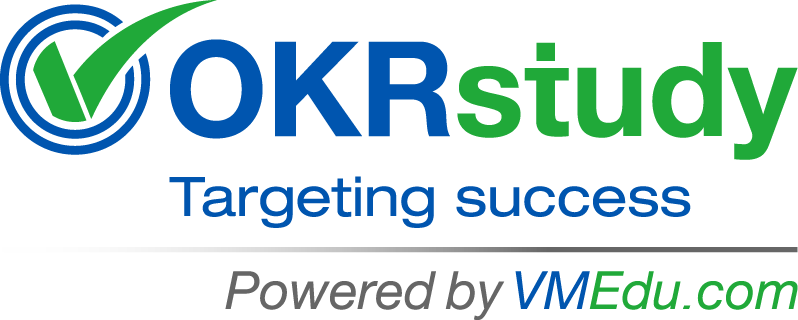The benefits of OKRs (Objectives and Key Results) are broad and impactful, helping organizations drive alignment, focus, and performance. Here’s a recap of the key advantages:
1. Alignment Across the Organization
OKRs ensure that everyone—at all levels of the organization—is aligned around common goals. Company-wide objectives are cascaded down to individual teams and employees, fostering a unified direction and reducing silos.
2. Increased Focus
By setting a limited number of high-priority objectives (typically 3–5), OKRs help teams concentrate their efforts on what truly matters, avoiding distractions and spreading resources too thin.
3. Clear, Measurable Goals
Key Results are specific and quantifiable, allowing teams to measure progress objectively. This makes it easy to track whether you’re on track to meet the goals and identify areas needing adjustment.
4. Greater Transparency
OKRs are usually shared across the organization, creating transparency in terms of priorities, progress, and performance. Everyone can see the goals and results of others, which fosters collaboration and trust.
5. Motivation and Engagement
OKRs are designed to be ambitious and aspirational, motivating teams to push beyond their comfort zones. The focus on meaningful, challenging goals increases employee engagement and encourages a sense of purpose in their work.
6. Accountability
With clear objectives and measurable key results, employees and teams are held accountable for their contributions. Regular check-ins and progress reviews make it easier to spot issues early and course-correct if needed.
7. Continuous Improvement
OKRs encourage a cycle of reflection and learning. Even if you don’t fully achieve a goal, the insights gained from working toward it can inform future planning, helping teams continuously improve and refine their approach.
8. Agility and Adaptability
Since OKRs are typically set quarterly or annually, they offer flexibility to adapt quickly to changing circumstances, whether due to market shifts, new opportunities, or internal changes. This allows for rapid course correction when needed.
9. Better Decision-Making
Because OKRs are tracked regularly, they provide real-time insights into performance, helping leaders make informed decisions based on actual data. This can lead to more effective resource allocation and prioritization.
10. Improved Performance
The clear focus on measurable outcomes drives teams to perform at their best. By setting stretch goals and measuring progress, organizations can achieve more than they might with traditional goal-setting frameworks.
11. Encourages Innovation
The ambitious nature of OKRs pushes teams to think creatively and find innovative solutions to meet their objectives, promoting a culture of innovation within the organization.
12. Scalability
OKRs can be scaled to fit any organization, whether it's a startup, mid-size business, or large enterprise. They can be applied at the company, team, or individual level, ensuring consistency in how goals are set and tracked across the organization.
Overall, OKRs help create a culture of high performance, alignment, and transparency, all of which drive better results and more efficient execution of strategy.
